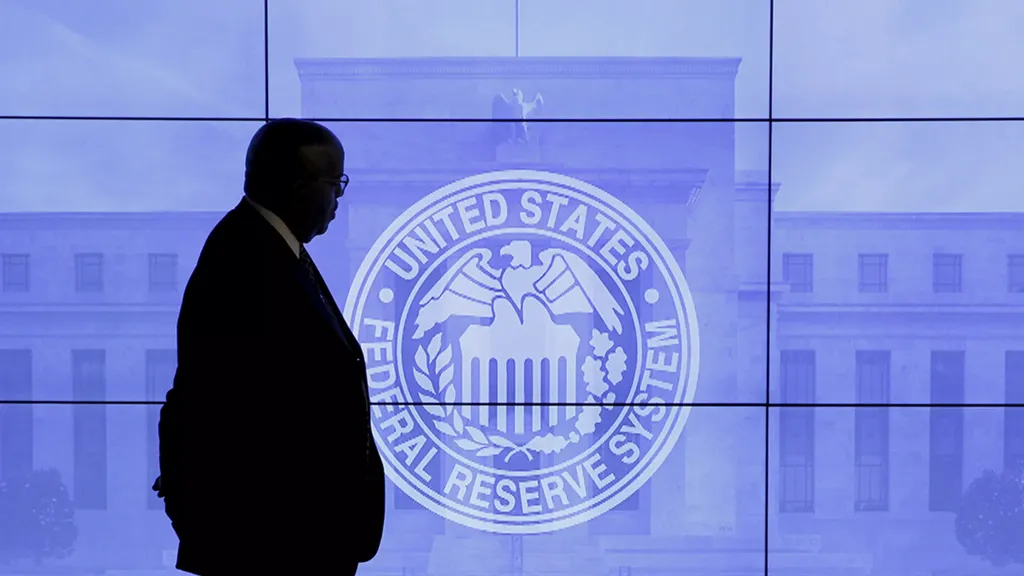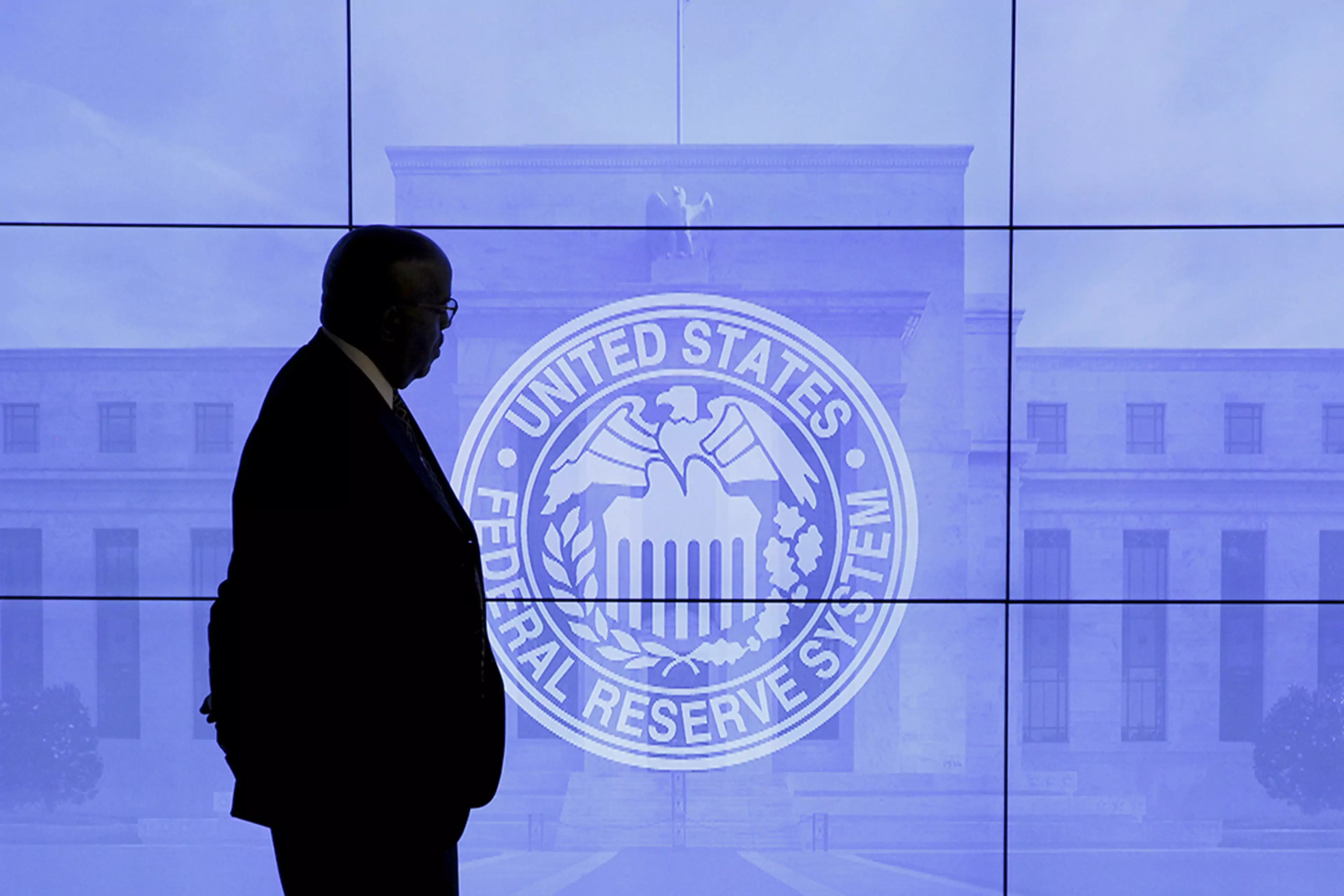
In its latest July meeting, the Federal Reserve remained tight-lipped about its future interest rate moves, but the growing divergence of opinions between the hawks and doves within the Fed is becoming more apparent.
Investors are struggling to find clues to predict the future of interest rates as they are bombarded with contrasting comments from various board members.
As the September Fed meeting approaches, traders appear to be increasingly leaning toward a rates-on-hold outcome, with a solid 85% probability priced in. Yet when it comes to the November meeting, the situation becomes more ambiguous, and the likelihood of a rate hold drops to 70%.

New York Fed Chair Open To Rate Cuts In 2024
In a recent interview with the New York Times, New York Fed President John Williams, who also serves as the vice chair of the Board of Governors of the Federal Reserve System, expressed a decidedly dovish view. “The central bank’s efforts to cool the economy are nearing their peak,” said Williams, and he anticipates that interest rates could begin to decrease as soon as next year.
This optimistic outlook clashes with the stance of Fed Chair Jerome Powell, who, during the June meeting, mentioned that rate cuts are “a couple of years out” and explicitly ruled out any rate cuts in 2023.
According to Williams, although inflation is coming down as expected, interest rates are unlikely to rise significantly beyond the range of 5.25% to 5.5%.
Moreover, the policymaker said inflation is projected to return to 2% over the next two years, and as the economy finds a better balance, monetary policy will need to transition to a more normal stance.
Fed’s Bowman Sees More Hikes Ahead
Fed board member Michelle Bowman expressed a hawkish tone in her opening remarks at the Fed Atlanta Listens event Monday, stating that she is still searching for evidence of inflation being on a consistent downward trajectory, suggesting that additional rate increases might be necessary.

Inflation remains significantly above the Fed’s target of 2% and this highlights the need to tighten monetary policy further given the abundance of job openings compared to available workers, she said.
“I know high inflation has been a hardship,” said Bowman, noting the impact it has had on lower-wage workers who bear the brunt of higher prices.
Produced in association with Benzinga
Edited by Priscilla Jepchumba and Judy J. Rotich







